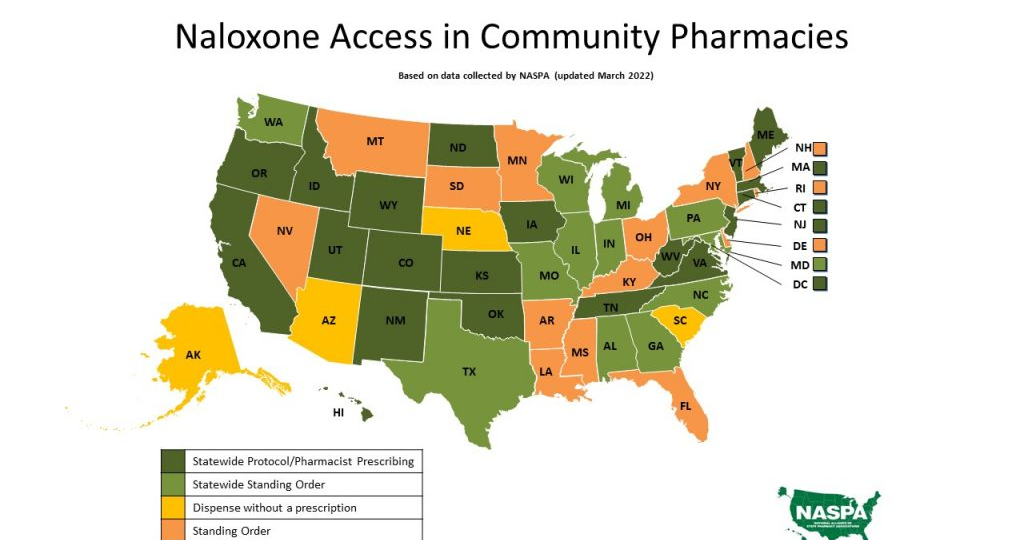
Related Posts
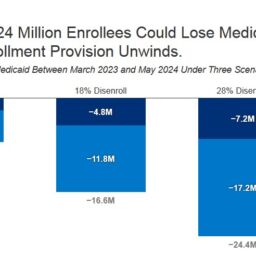
How Many People Might Lose Medicaid When States Unwind Continuous Enrollment?
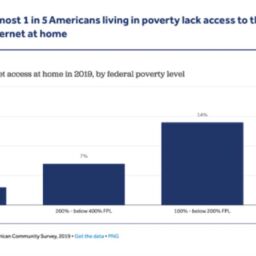
The term digital divide is defined as the differences
of economic and social inequality in both access and usage of ICTs. 2, 3 Some population groups that are
affected by the digital divide include uninsured, at or below 300% of the Federal Poverty Level (FPL), lack
of internet access, etc

Implications for Patients
Once the continuous enrollment ends, it is estimated between 5 -14 million individuals will be affected

Uninsured adults and those in worse health continue to report higher rates of not getting care due to costs
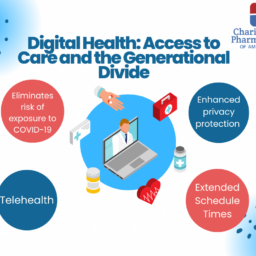
Just as banks have helped seniors bridge the digital divide and leverage online banking to better manage their money, healthcare organizations need to help older adults leverage digital technology to better manage their health.

Charitable Pharmacies of America organization member receives Health Equity grant
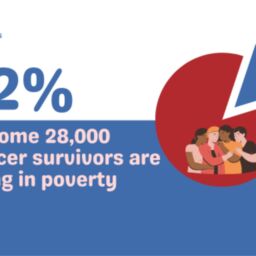
An opportunity for charitable pharmacies to collaborate with oncology practices for non-oncology medications during and after treatment.

APPLICATIONS ARE OPEN! – Letters of Intent due 9/15/23

NABP Associate Executive Director Josh Bolin on DSCSA compliance prior to FDA moving compliance deadline.

Three Healthcare Organizations Join Forces to Save Lives

Recent federal legislative and regulatory updates in managed care pharmacy have prioritized topics ranging from expedited access to novel therapeutics to the health disparities and equity concerns affecting patient populations nationwide, but progress on these developments will depend on the impact of the midterm elections

The pharmacy industry sees at least five changes
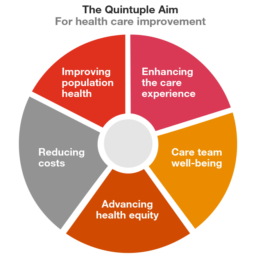
Patients taking opioid dosages at or above 50 MME/day are twice as likely to overdose compared to those taking 20 MME/day, and the risk further increases as the MME/day increases.

Good Pill will provide direct access to hundreds of life-saving medications and save families $150+/month on healthcare cost

The COVID-19 pandemic forced discussions about social determinants of health (SDOH) back into the forefront of healthcare discussions. Knowing that 80% of a person’s health outcomes are impacted by these external factors – economic, social, community, education, and more – we, as industry leaders, must shift these discussions about SDOH implementation from a lofty goal into a reality. How do we get there?

